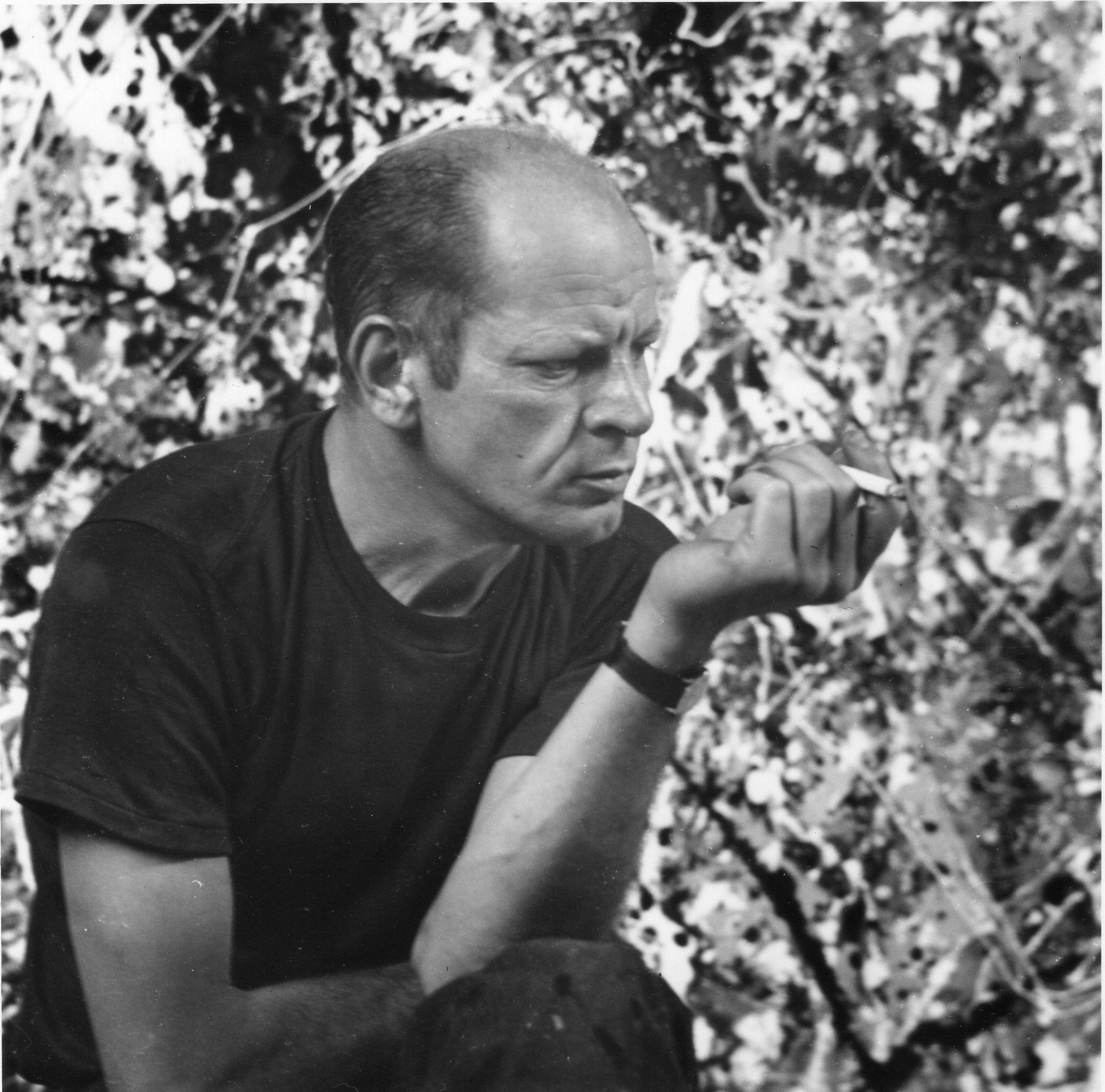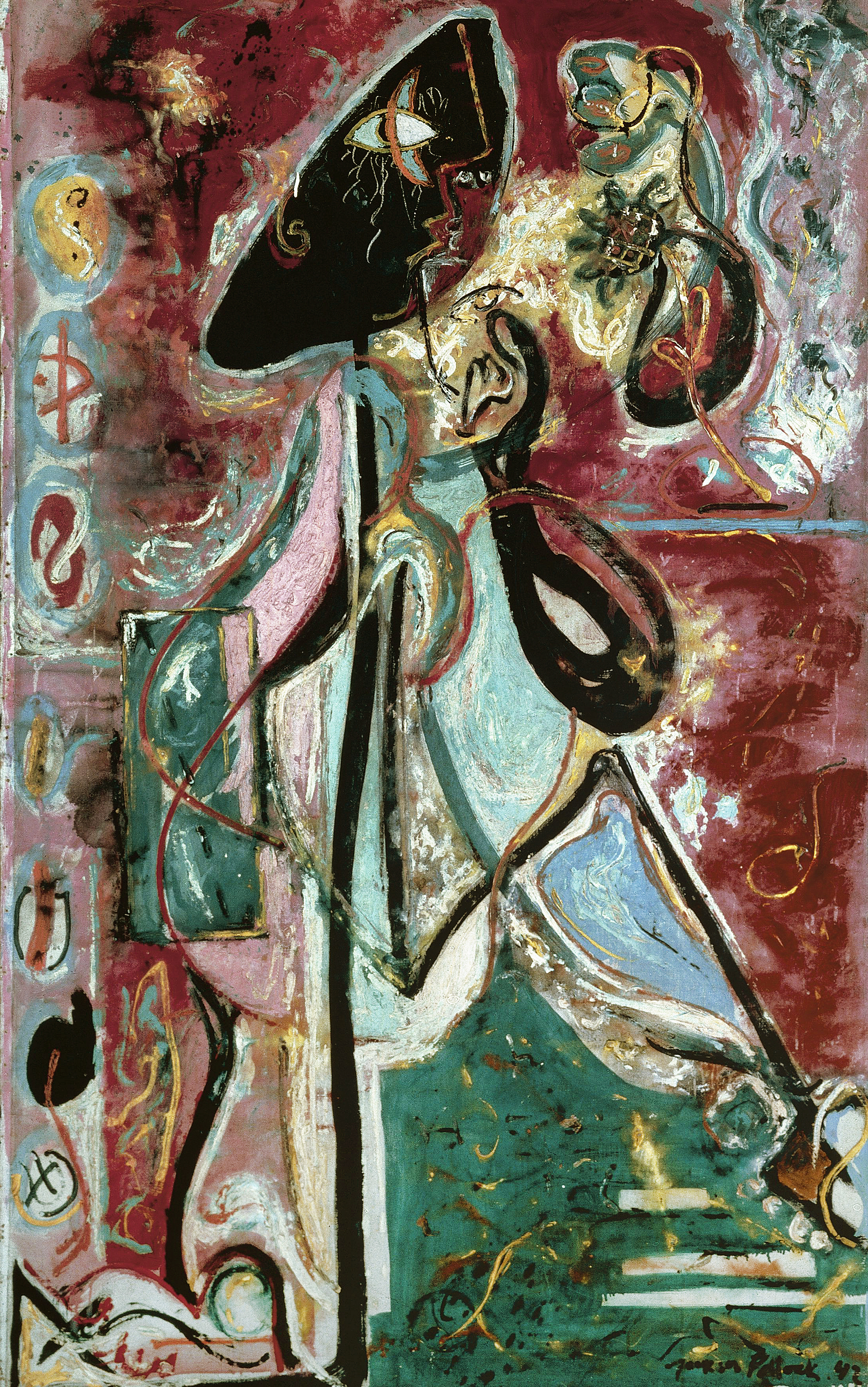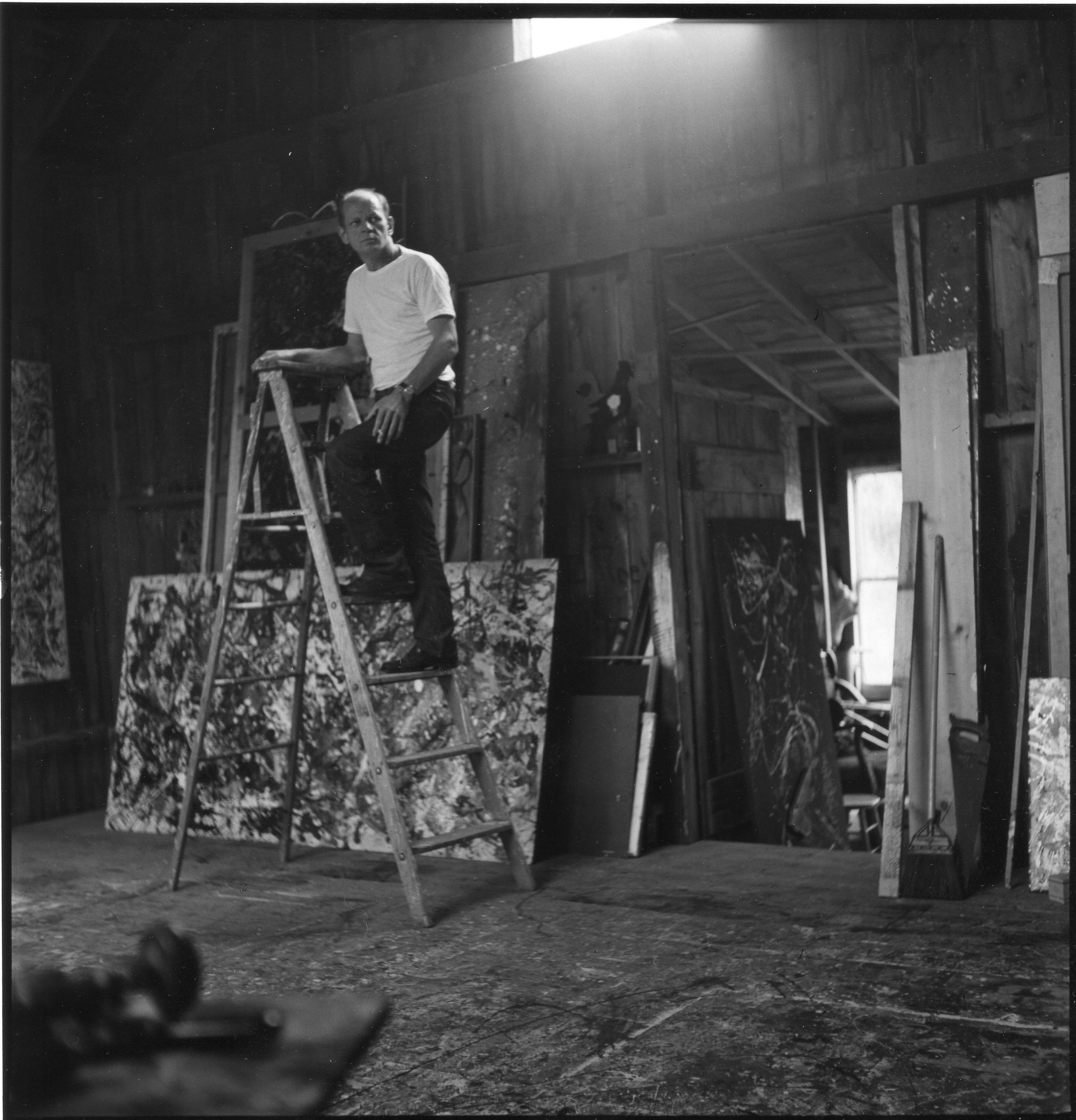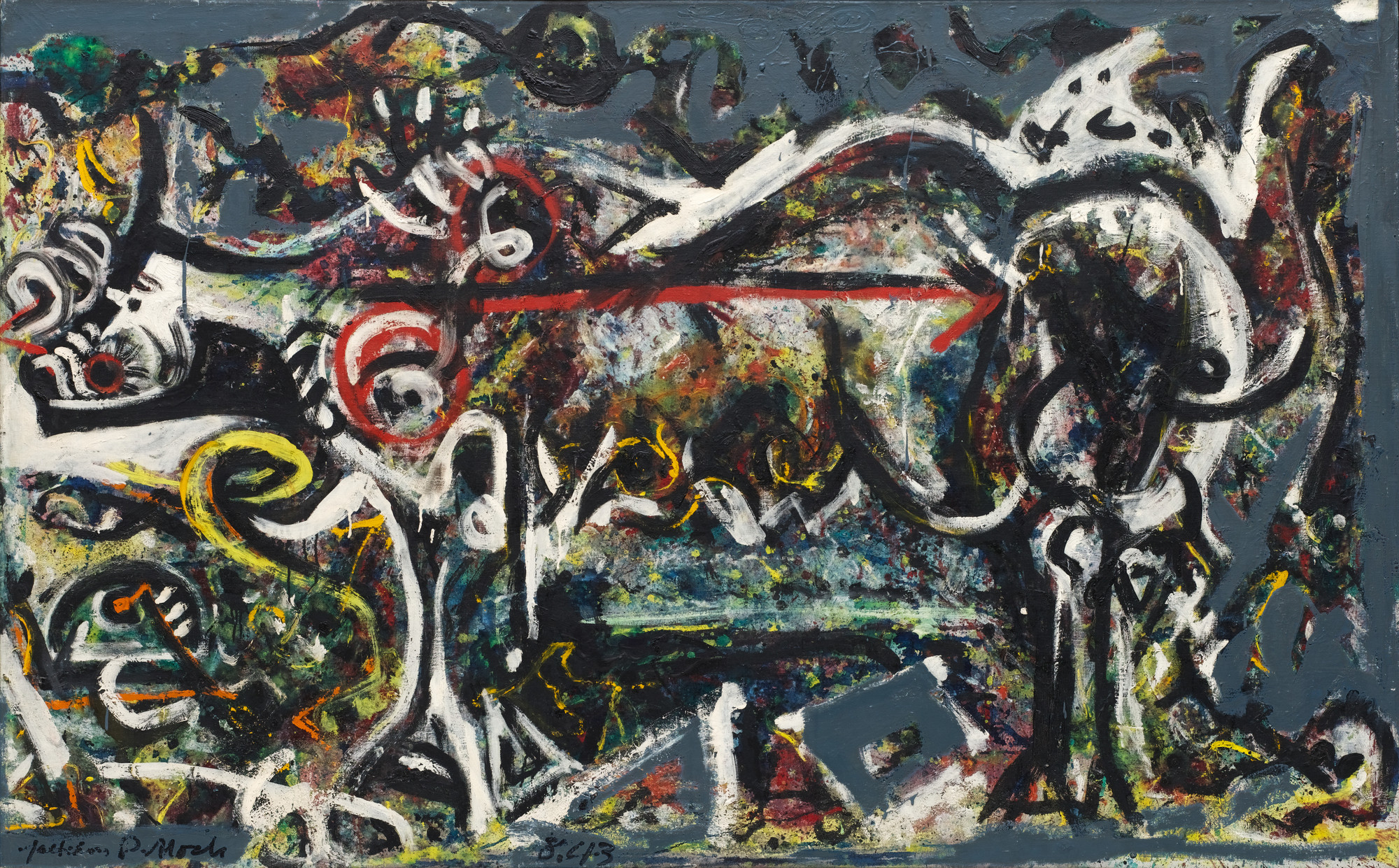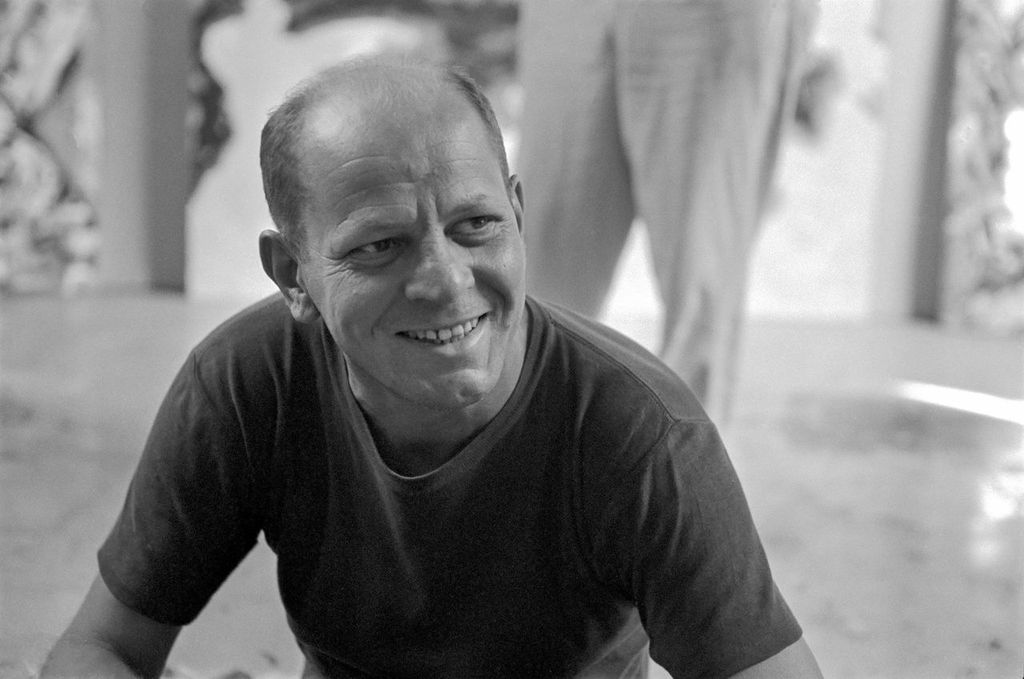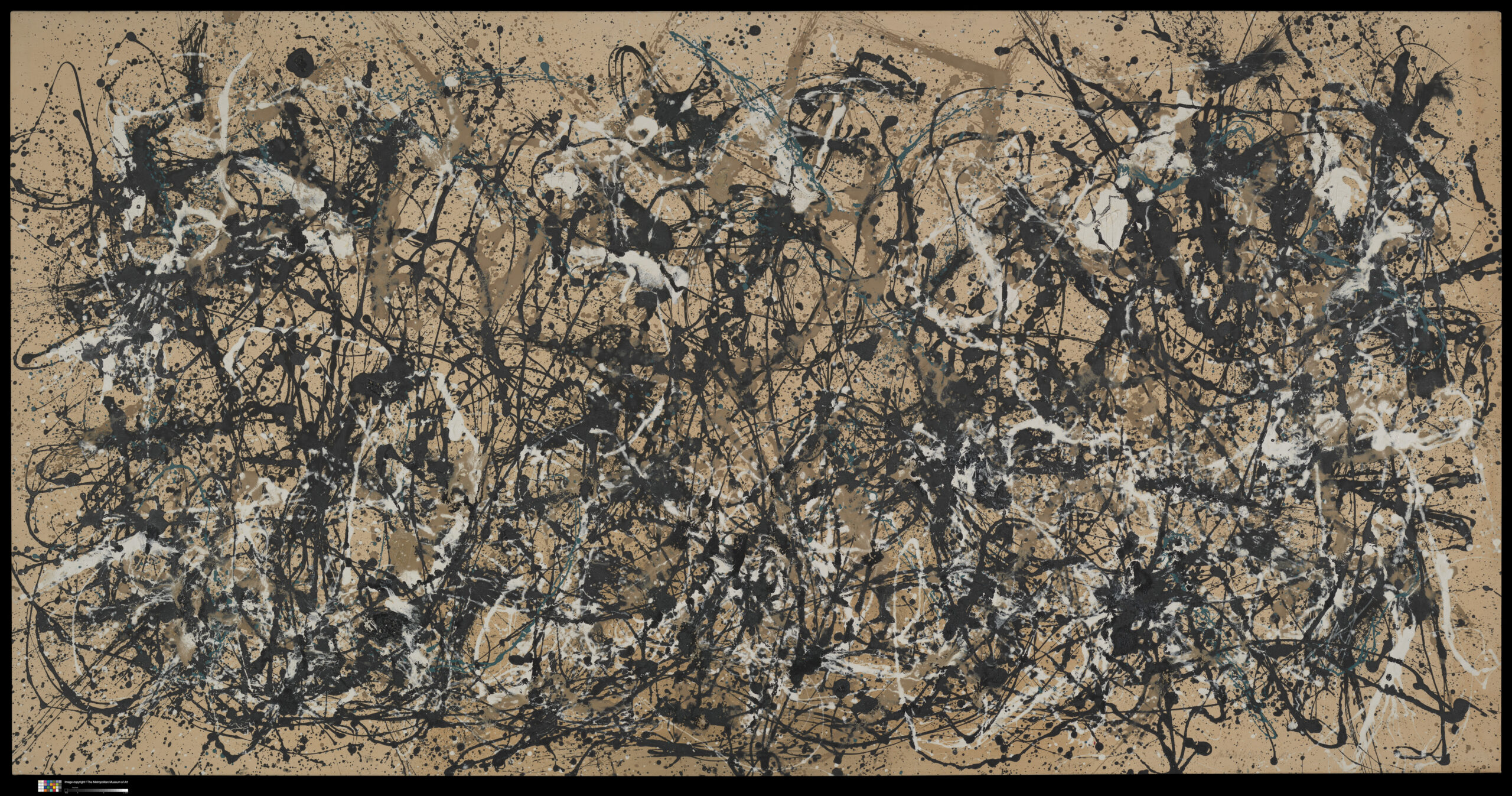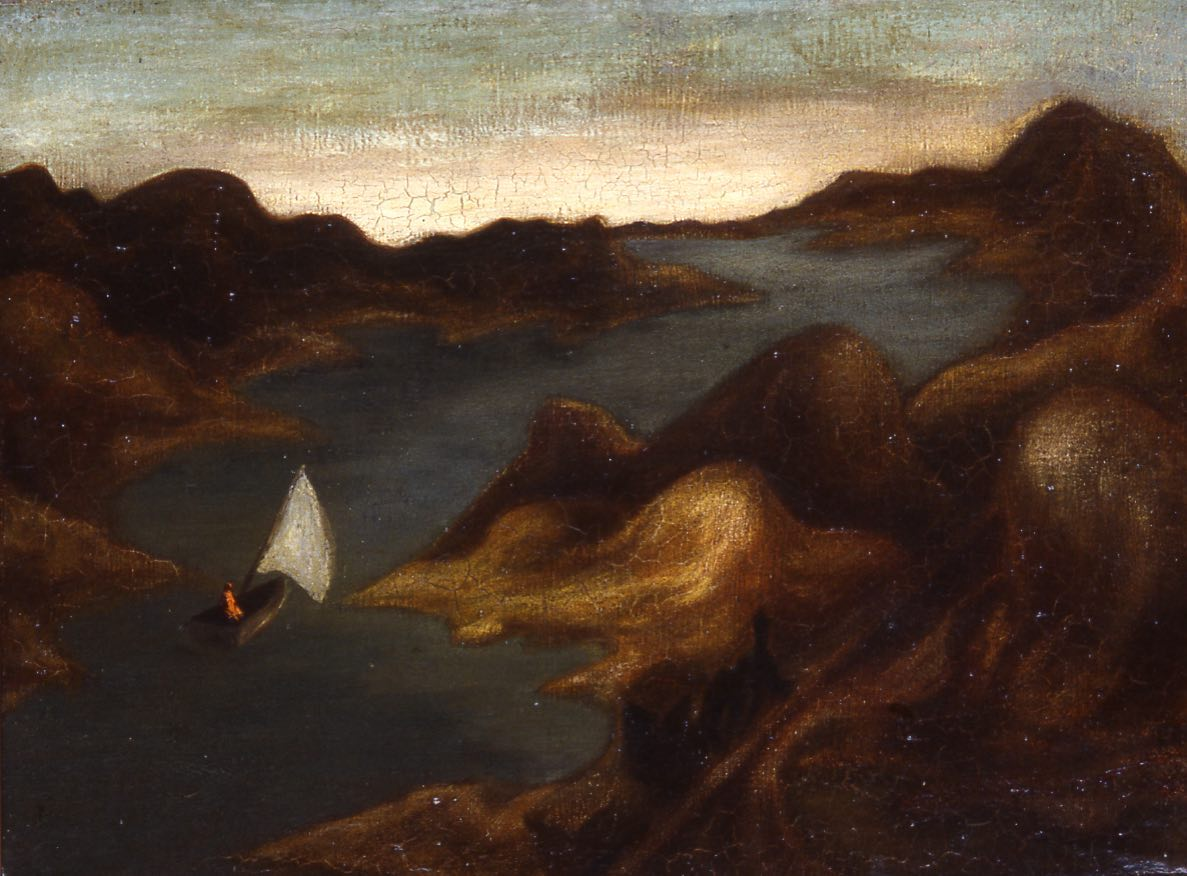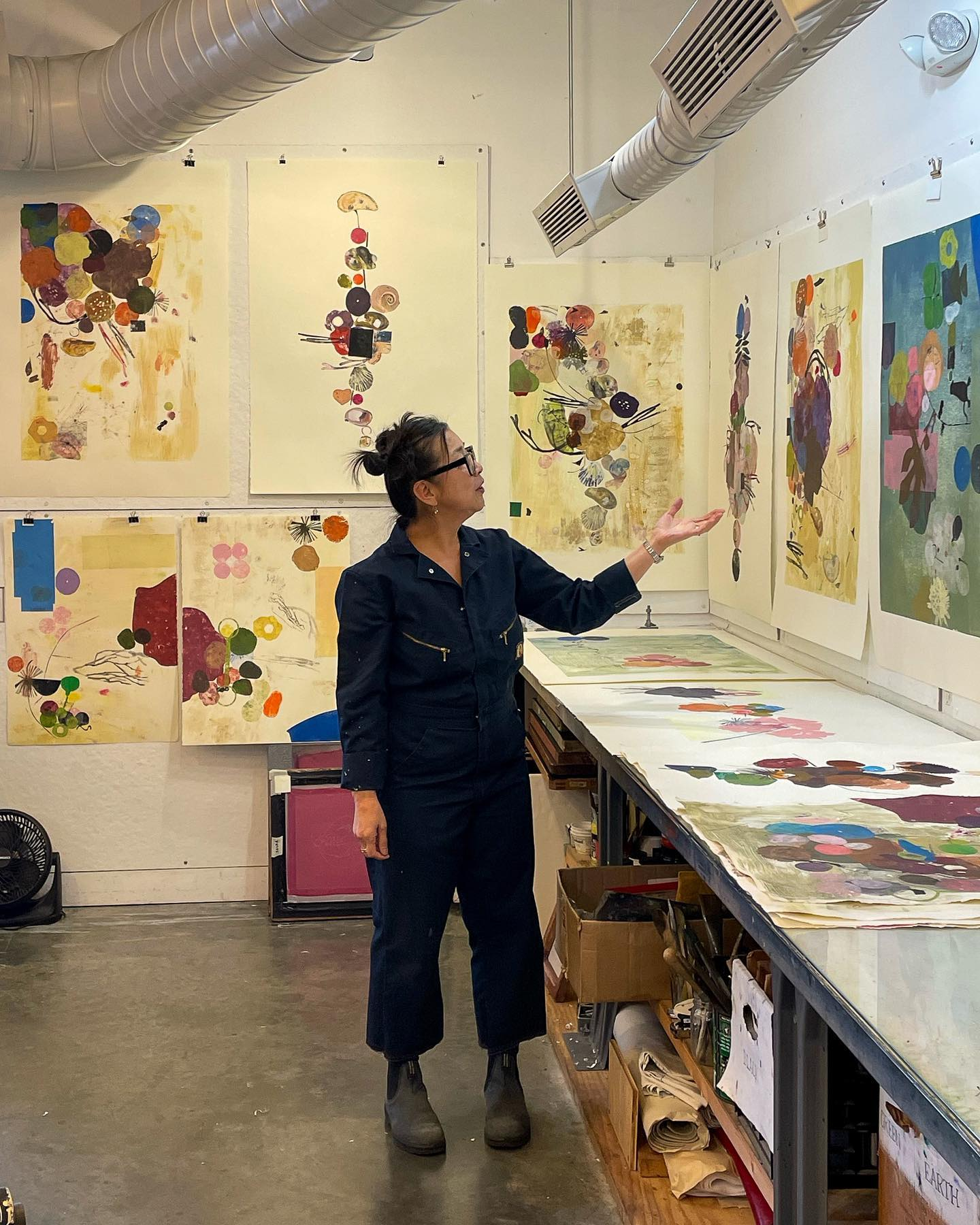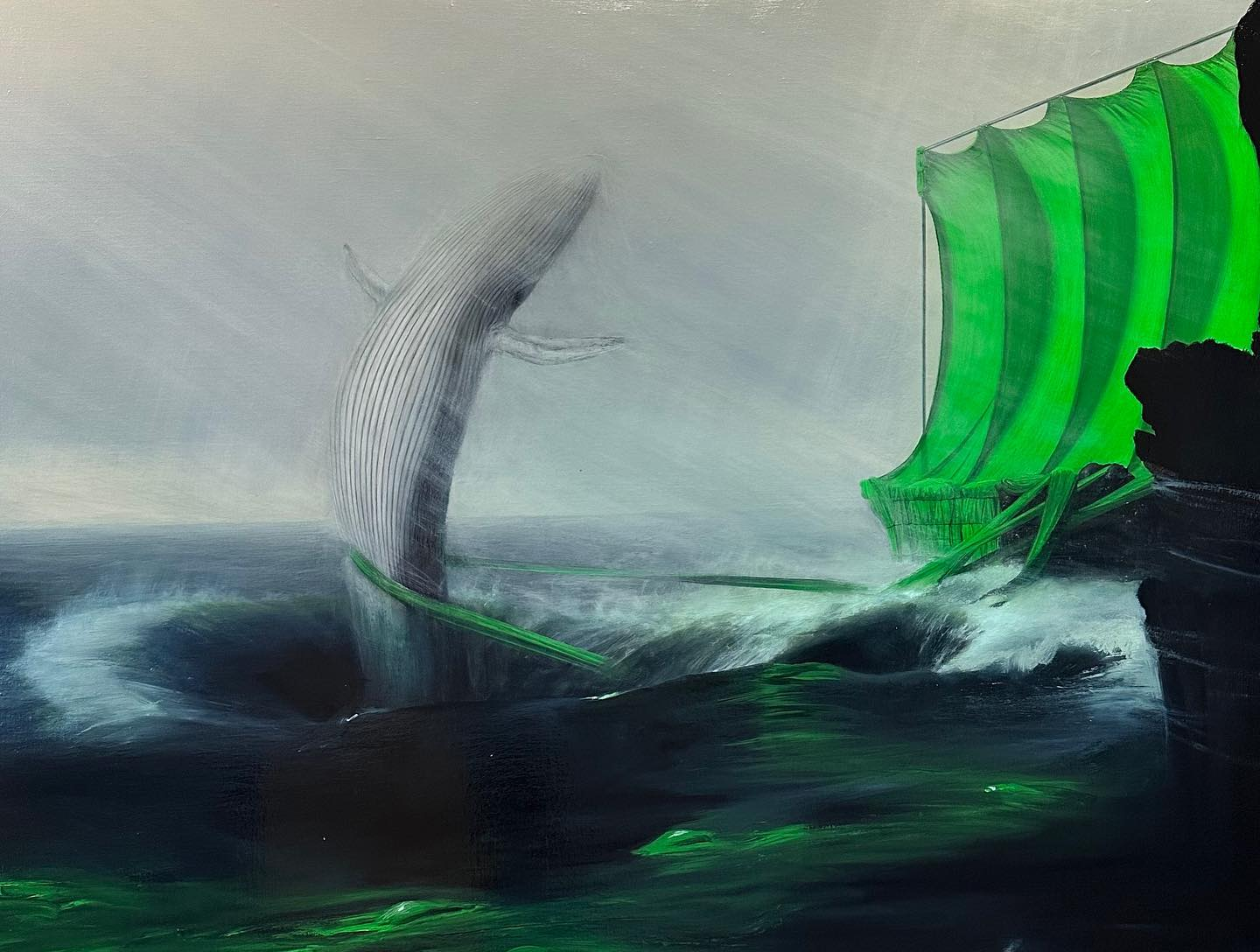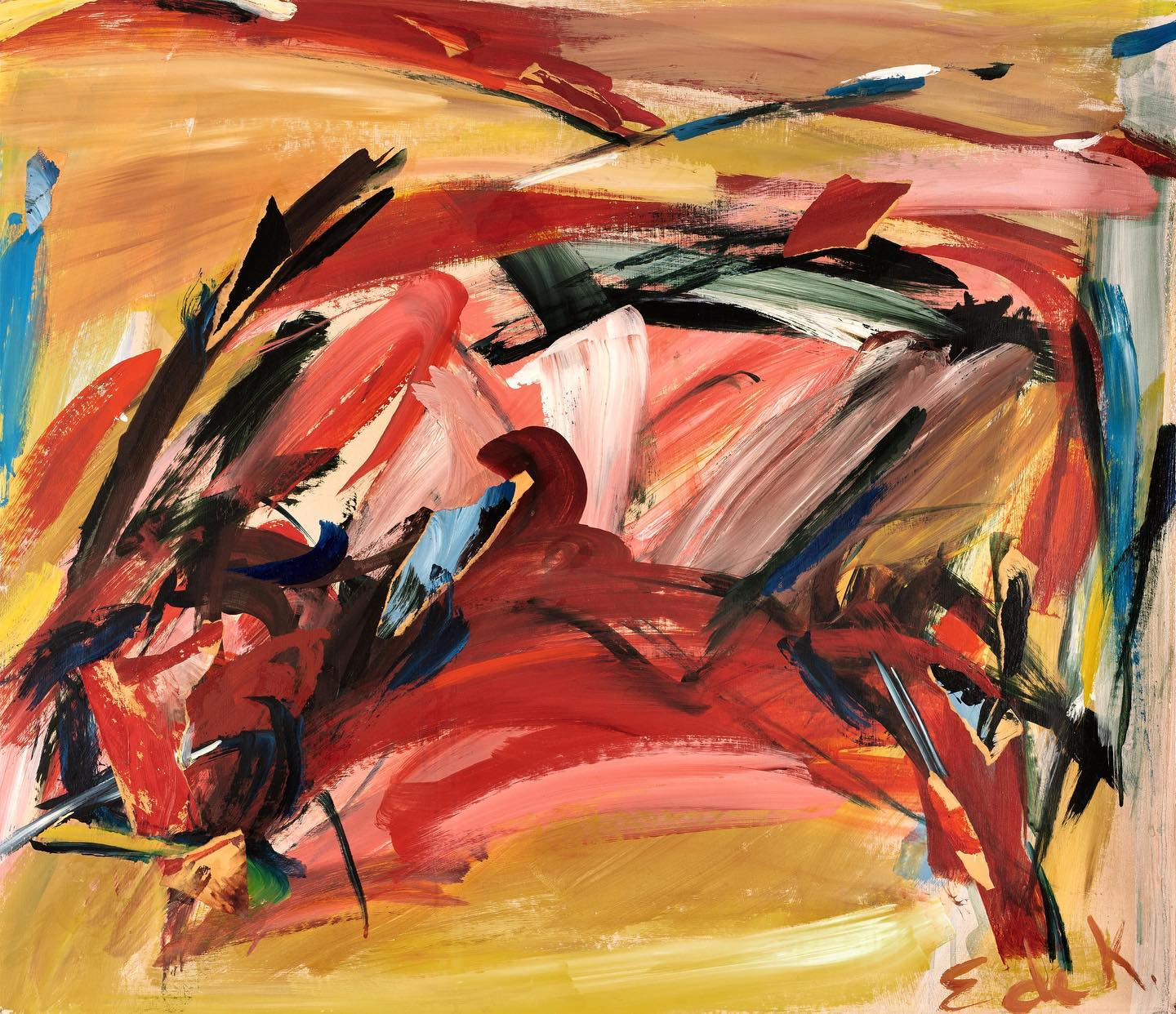Jackson Pollock
Jackson Pollock in his studio, 1950.
Photograph by Hans Namuth. Courtesy of Pollock-Krasner House and Study Center, East Hampton, NY.
Jackson Pollock is a defining figure of postwar American art. His paintings rank among the most recognizable emblems of the 20th century, employing innovative techniques that continue to inspire cultural discourse today. In just under three decades, Pollock revolutionized the modes of art making for generations to come.
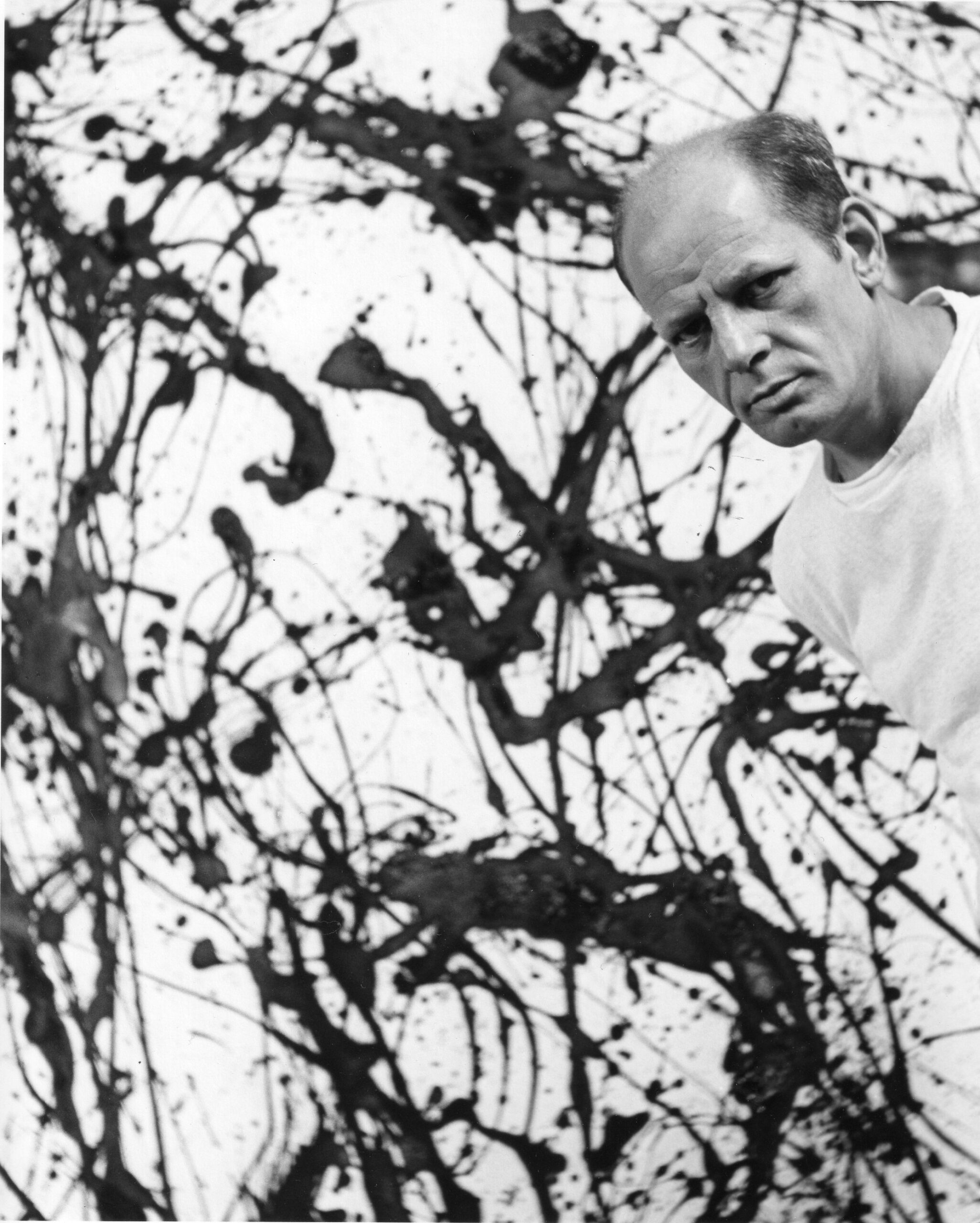
Jackson Pollock in his studio, 1950.
Photograph by Hans Namuth. Courtesy of Pollock-Krasner House and Study Center, East Hampton, NY.
Best known for the drip painting technique he innovated in the late 1940s, Pollock’s work rerouted the trajectory of art history. Often covering the entirety of the canvas with house paint dripped and splattered from all angles, Pollock achieved international renown for his powerful abstractions that traced poured lines of paint, disregarding conventions of composition. In recent years, his early and late figurative works have received renewed critical attention, revealing a constant interplay between abstraction and figuration in his paintings. As Pollock once said, “I choose to veil the imagery.”
Pollock drew from his varied interests, ranging from Pablo Picasso and the European avant-garde to Mexican muralism, Indigenous symbolism, Jungian psychoanalysis, and jazz. He gravitated toward Surrealist automatism early in his career, a hallmark of his sketchbook drawings including those created while undergoing psychoanalysis. Echoing the formal developments of his canvas paintings, Pollock’s works on paper capture key innovations throughout his career.
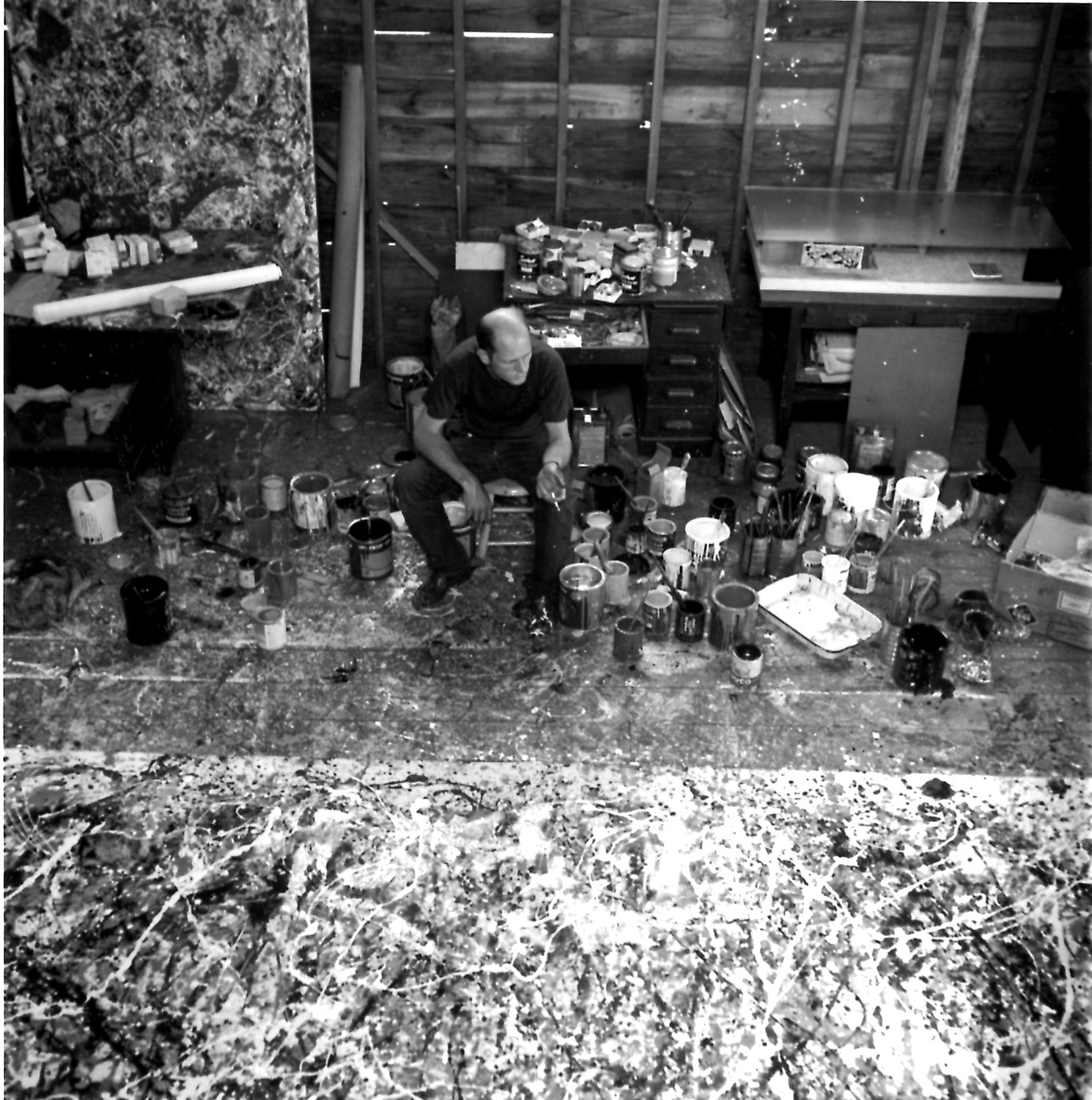
Jackson Pollock in his studio, 1950.
Photograph by Hans Namuth. Courtesy of Pollock-Krasner House and Study Center, East Hampton, NY.
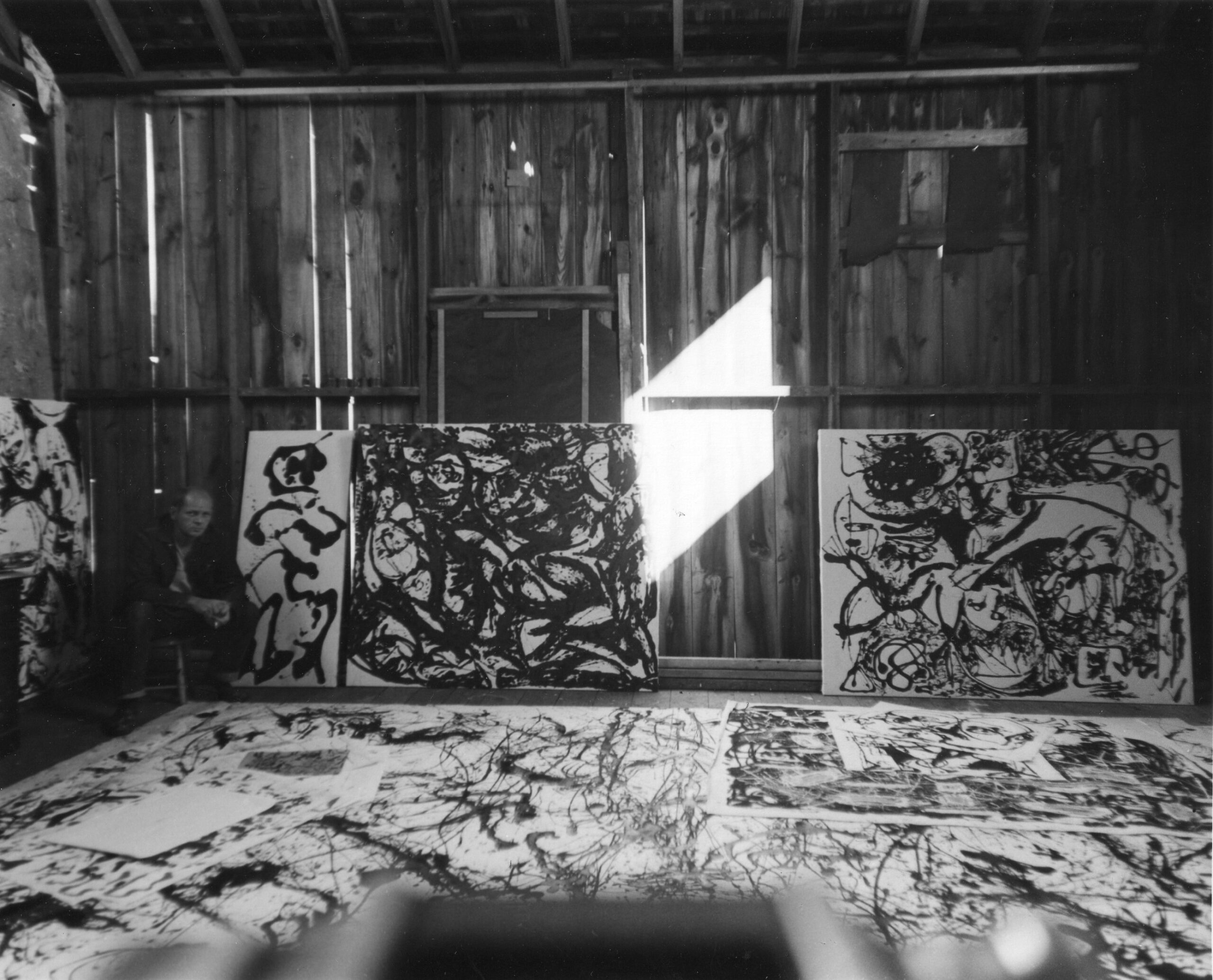
Jackson Pollock in his studio, 1950.
Photograph by Hans Namuth. Courtesy of Pollock-Krasner House and Study Center, East Hampton, NY.
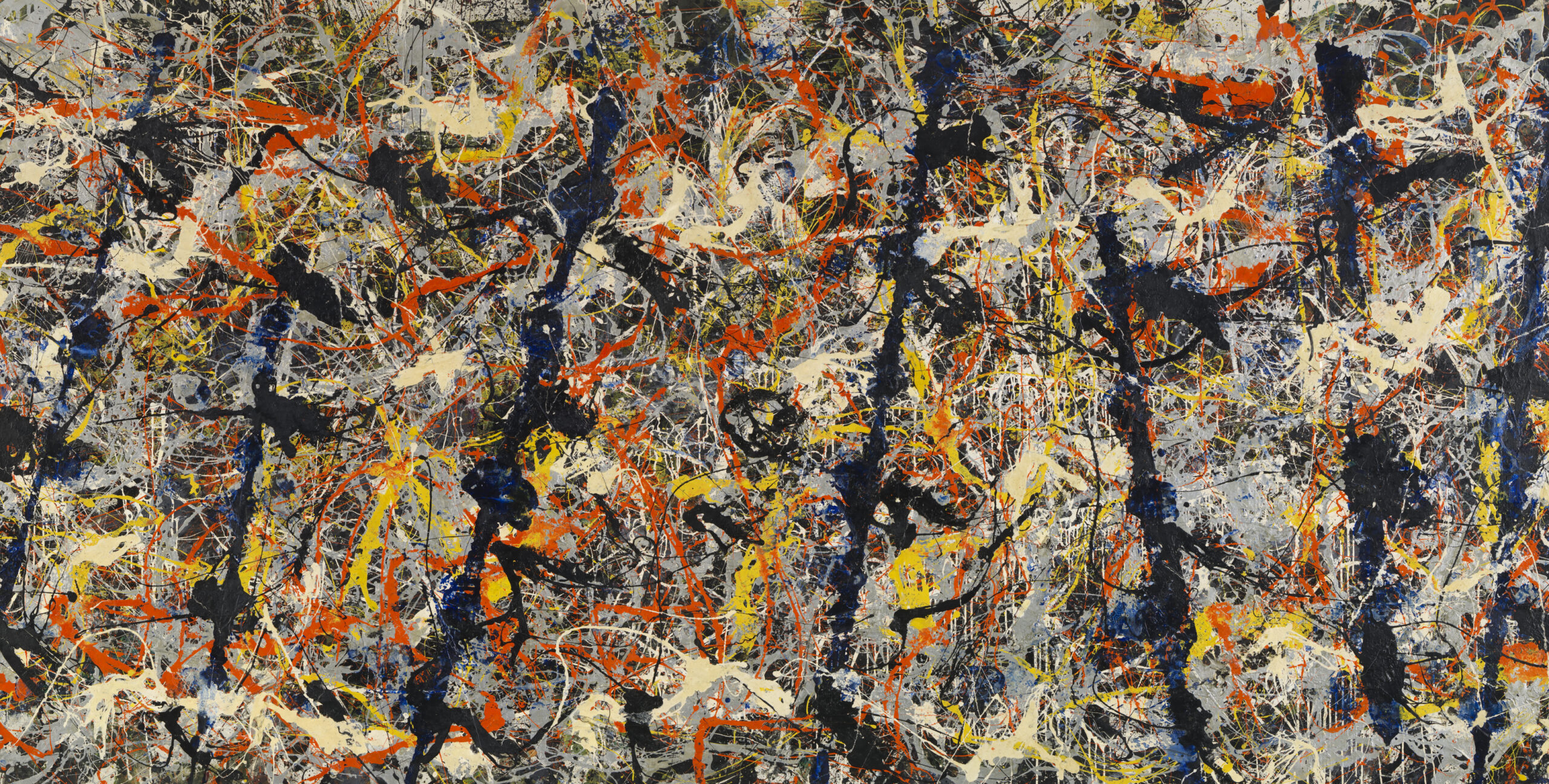
Abstract painting is abstract. It confronts you. There was a reviewer a while back who wrote that my pictures didn’t have any beginning or any end. He didn’t mean it as a compliment, but it was. 
Jackson Pollock, Blue Poles: Number 11, 1952
© Pollock-Krasner Foundation/Artists Rights Society (ARS), New York.
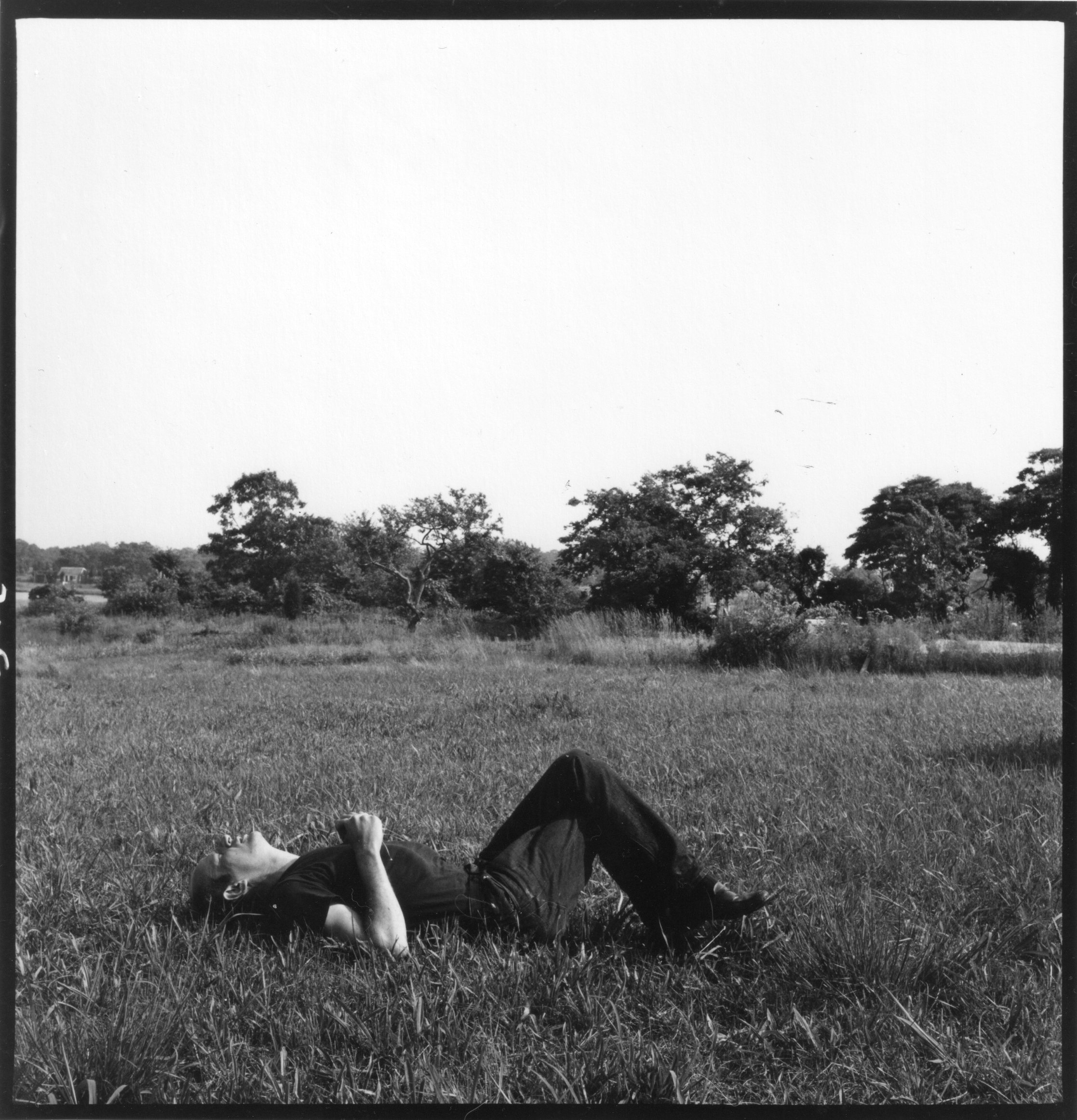
Jackson Pollock, 1950.
Photograph by Hans Namuth. Courtesy of Pollock-Krasner House and Study Center, East Hampton, NY.
Born in Wyoming and raised in Arizona and California, Pollock arrived in New York in 1930 and studied with muralist Thomas Hart Benton at the Art Students League before working for the WPA Federal Art Project and in David Alfaro Siqueiros’ workshop over the next decade. In 1945, two years after his first solo exhibition, Pollock married artist Lee Krasner and moved to Springs, NY, where he made many of his landmark paintings on the floor of his barn studio. With crucial support from Krasner, gallerist and collector Peggy Guggenheim, influential critic Clement Greenberg, and others, Pollock’s international recognition would rise to an unprecedented height for an American artist by the 1950s. After Pollock’s unexpected death in 1956, Krasner would continue to champion his art, facilitating major exhibitions and acquisitions of his work.
Pollock’s work is represented in world-renowned collections including the Museum of Modern Art, New York; Metropolitan Museum of Art, New York; Solomon R. Guggenheim Museum, New York; Whitney Museum of American Art, New York; Art Institute of Chicago; Dallas Museum of Art; Glenstone, Potomac, MD; Hirshhorn Museum and Sculpture Garden, Washington, DC; Los Angeles County Museum of Art; National Gallery of Art, Washington, DC; Philadelphia Museum of Art; Smithsonian American Art Museum, Washington, DC; Stanley Museum of Art, Iowa City; Artizon Museum, Tokyo, Japan; Centre Pompidou, Paris; Fondation Beyeler, Basel; Museum Ludwig, Cologne; National Gallery of Australia, Canberra; Peggy Guggenheim Collection, Venice; Stedelijk Museum Amsterdam; Tate, London; and many others.
Biography courtesy of Kasmin Gallery
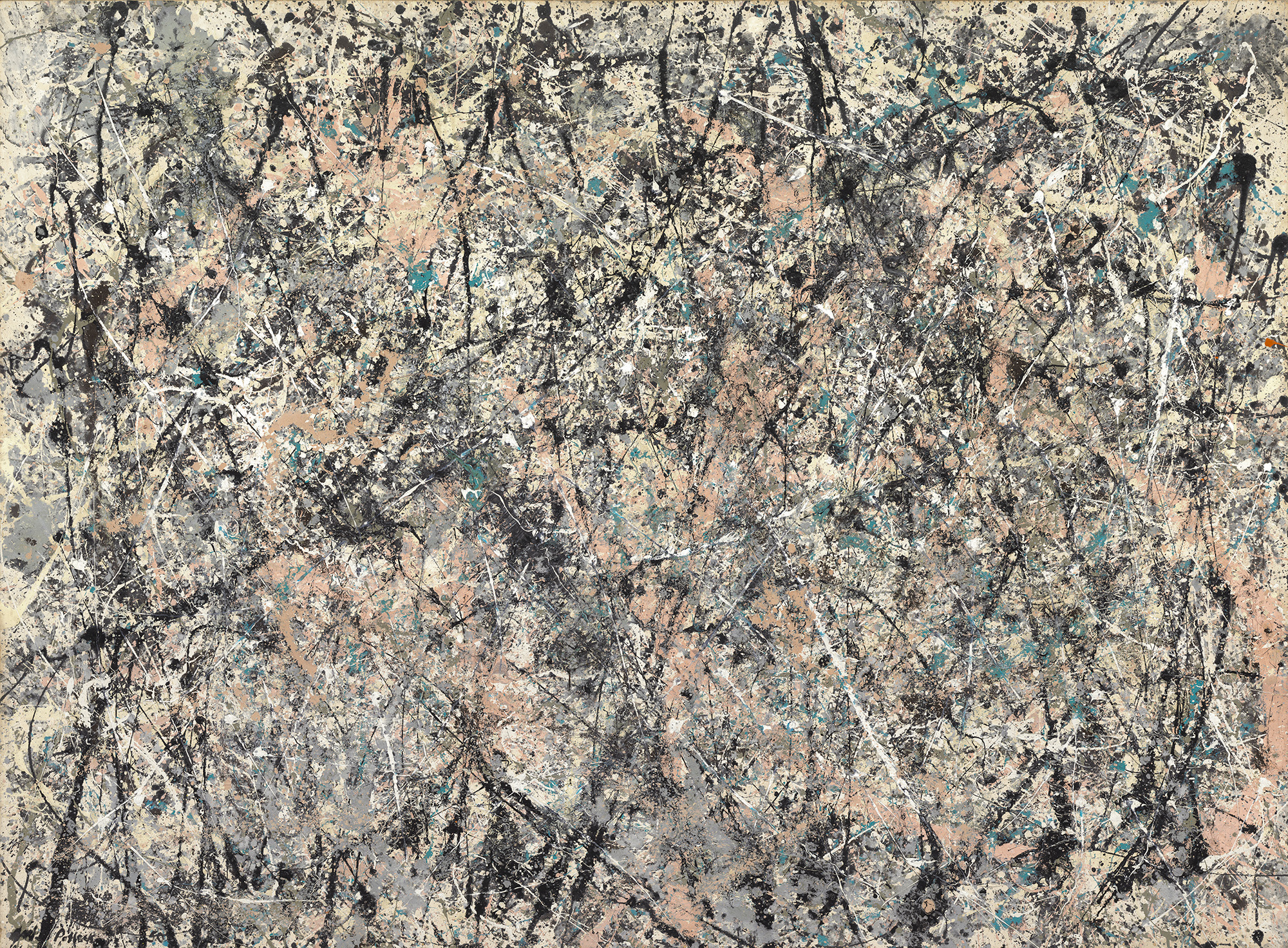
Jackson Pollock, Number 1, 1950 (Lavender Mist), 1950, oil, enamel, and aluminum on canvas, Ailsa Mellon Bruce Fund, 1976.37.1.
Courtesy National Gallery of Art © Pollock-Krasner Foundation/Artists Rights Society (ARS), New York.
